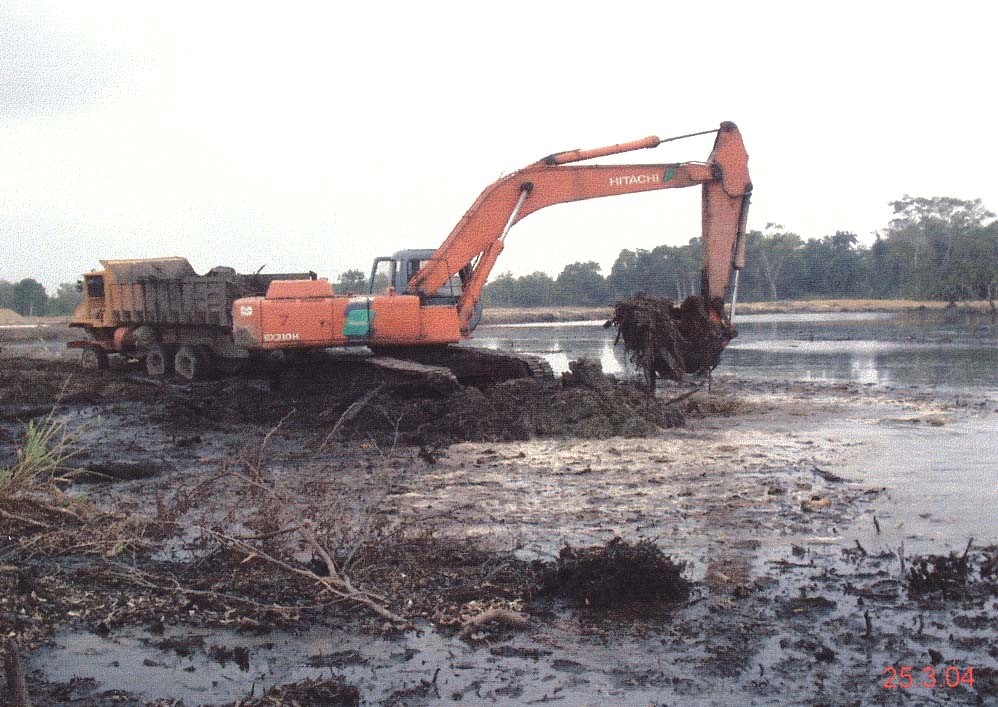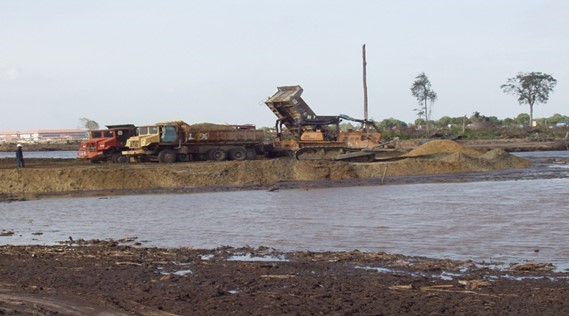Site Constraints

Physical characteristics of the site is a major obstacle to development and greenery effort and programmes Two principle challenges faced by us during the planting of trees are (1) swampy area, and (2) reclaimed land. Originally, the development site was covered with large swampy area that was not suitable for plant growth due to constant water-logging. To make the situation worse, the area was also covered with geotextile material during the development stage. This would limit water infiltration rate as well as root depth. In order to solve this problem, the final grade of the area was also raised to a significant height (3.7 meters) from the existing grade using reclaimed soil from the nearby sea (marine sandy clay soil). The soil properties mainly comprise of combination of fine sand particles and clay. The fine sand particles are not suitable for plants growth due to low organic matter and fertility, low water retention, low drainage, high moisture loss and salinity. The use of heavy machineries during the construction also led to soil compaction, which significantly limited soil oxygen content and increased soil bulk density. This limited root growth and penetration and led to poor growth and shallow root systems and finally caused trees uprooting especially during high winds or monsoon season.
Therefore, prior to planting, soil modification or amelioration efforts were necessary to ensure the long term success of trees planting. Infertile soil was the main obstacle for enhancing plant growth and long-term survival of the planted tree species. The use of organic matter or fertilisers would improve fertility and improve soil physical properties. This approach was used to improve the soil nutrient properties in the area. In this case, clay is not a good amendment option for sandy soils because by mixing the wrong proportion of clay and sand, we might produce a material similar to low-grade concrete. This combination of clay and fine sand had also resulted in the formation of compacted or indurated soil layers of reduced permeability in the soil profile, known as hardpan. This situation resulted in compacted soil with low permeability, prevented water from draining off, as well as limited plant growth and root penetration. This hardpan layer can be located in less than half a meter deep into the soil, with over a meter depth. The development and occurrence of hardpans in certain soils have been attributed to many different factors. A basic understanding of the factors contributing to hardpan formation is essential to the establishment of management practices which helps to alleviate or minimise the adverse effects of induced hardpan.

